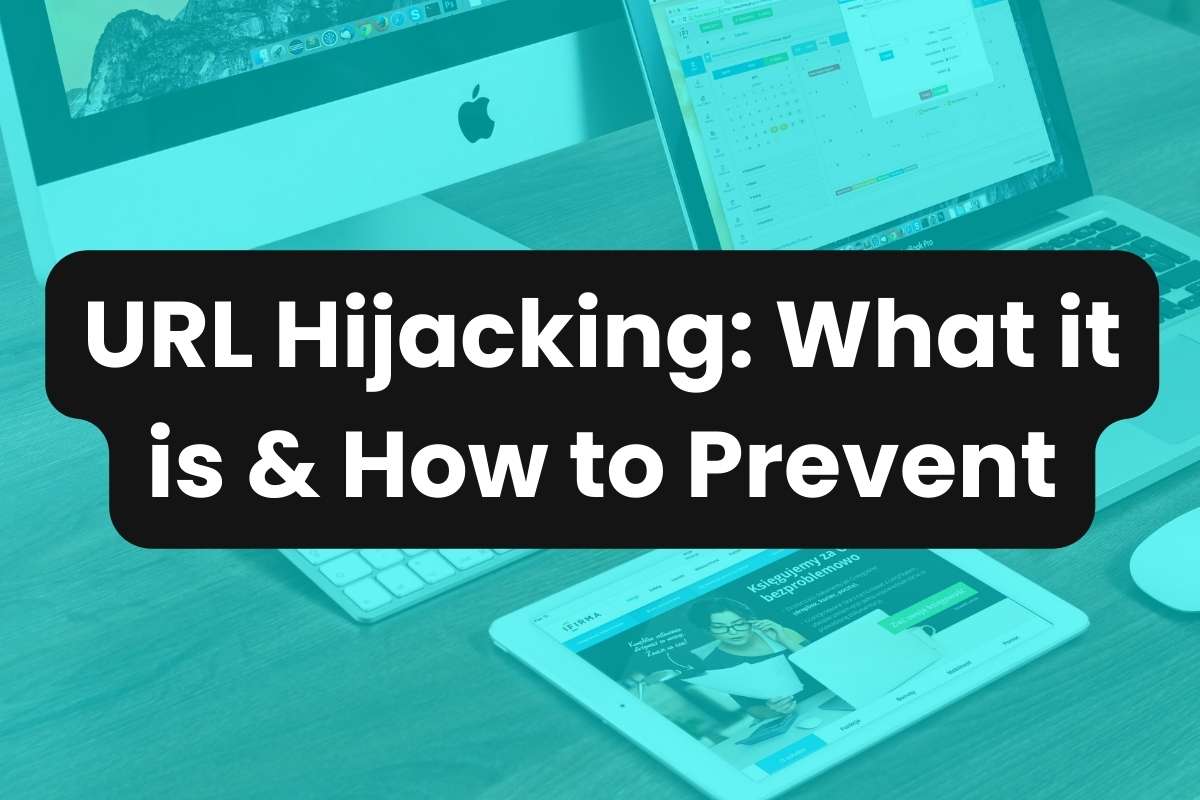URL hijacking has become a pressing concern for both businesses and individuals. Understanding what URL hijacking entails and taking proactive measures are essential for protecting online assets and ensuring digital security. In this article, we delve into the concept of URL hijacking, provide real-world examples, and offer effective strategies for prevention.
What is URL Hijacking?
URL hijacking, also known as domain hijacking or typosquatting, occurs when an attacker gains unauthorized control over a domain or URL, redirecting users to malicious websites. This deceptive tactic exploits common typographical errors users make when entering web addresses, leading them to unintended destinations.
URL Hijacking vs. Typosquatting
While URL hijacking and typosquatting share similarities, they differ in execution. URL hijacking involves seizing legitimate domains to redirect users to harmful sites. Typosquatting, on the other hand, revolves around registering domain names similar to popular websites, exploiting users’ typos to redirect traffic for malicious purposes.
Examples of URL Hijacking
Numerous incidents underscore the seriousness of URL hijacking and its impact on online security. For instance, cybercriminals may register domains mimicking well-known brands (e.g., “goggle.com” instead of “google.com”) to deceive users into divulging sensitive information or downloading malware. High-profile cases, like the hijacking of Blockchain.info’s website in 2016 and Binance’s domain in 2019, highlight the significant repercussions for businesses and users.
How to Prevent URL Hijacking
Implementing proactive measures is crucial to mitigate the risks associated with URL hijacking and protect online assets effectively. Consider these preventive strategies:
- Enable Two-Factor Authentication (2FA): Add an extra layer of security by implementing 2FA for domain registrar accounts and website hosting platforms.
- Monitor Domain Registrations: Regularly check domain registration records for unauthorized changes or suspicious activities.
- Use Secure Hosting Services: Opt for reputable hosting providers with robust security features like SSL/TLS encryption and DDoS protection.
- Enable Domain Locking: Prevent unauthorized domain transfers or modifications by activating domain locking features.
- Educate Employees and Users: Raise awareness about URL hijacking risks, phishing attacks, and other cybersecurity threats. Encourage caution when clicking links and verify URLs before entering sensitive information.
By adopting these measures and staying vigilant, businesses and individuals can effectively thwart URL hijacking attempts, safeguard their online presence, and protect against cyber threats. Stay informed and secure your digital assets.


